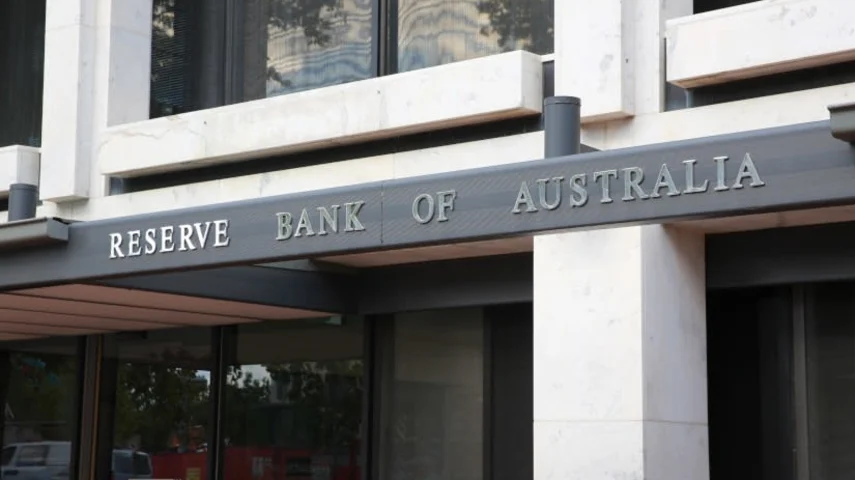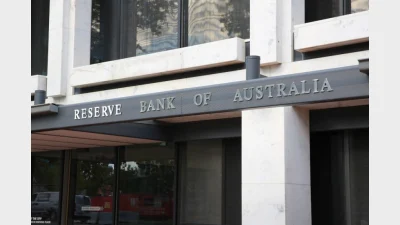RBA reveals highly anticipated rate call



February’s rate decision has been the most anticipated in over a year.
For the first time in over four years, the Reserve Bank of Australia has delivered a rate cut, reducing the rate from 4.35 per cent to 4.10 per cent, and joining its global peers in softening monetary policy in response to a decline in inflation.
The RBA last cut rates in November 2020, when the central bank reduced the rate from 0.25 per cent to a record low of 0.10 per cent to support the economic recovery from the COVID-19 pandemic.
In its statement on Tuesday, the RBA said: “The board’s assessment is that monetary policy has been restrictive and will remain so after this reduction in the cash rate. Some of the upside risks to inflation appear to have eased and there are signs that disinflation might be occurring a little more quickly than earlier expected. There are nevertheless risks on both sides.
“The board will continue to rely upon the data and the evolving assessment of risks to guide its decisions. In doing so, it will pay close attention to developments in the global economy and financial markets, trends in domestic demand, and the outlook for inflation and the labour market. The board remains resolute in its determination to return inflation to target and will do what is necessary to achieve that outcome.”
The market had been pricing in a 90 per cent chance of 25 bp decrease on Tuesday, which several economists judged was too optimistic despite most aligning with the view that the bank would in fact cut.
Saxo’s chief investment strategist Charu Chanana said on Monday: “The Australian Q4 CPI miss a few weeks ago has really prompted expectations that the RBA will cut this time around – although the labour market is still quite strong, so the RBA doesn’t need to be as aggressive.”
In a similar vein, Scott Solomon, co-portfolio manager at T. Rowe Price, predicted a 25 bp cut, saying that not cutting would risk the RBA’s credibility, particularly given its emphasis on returning inflation to the 2–3 per cent target range.
Shane Oliver, chief economist at AMP, similarly forecast a 0.25 per cent cut, citing a growing confidence that inflation is sustainably returning to target.
February’s board meeting is the last time the RBA will meet in its current format, with the two-board system due to kick in from next month.
More to come.
Recommended for you
Australia’s largest superannuation fund has confirmed all members who had funds stolen during the recent cyber fraud crime have been reimbursed.
As institutional investors grapple with shifting sentiment towards US equities and fresh uncertainty surrounding tariffs, Australia’s Aware Super is sticking to a disciplined, diversified playbook.
Market volatility continued to weigh on fund returns last month, with persistent uncertainty making it difficult to pinpoint how returns will fare in April.
The Association of Superannuation Funds of Australia (ASFA) has called for the incoming government to prioritise “certainty and stability” when it comes to super policy.












